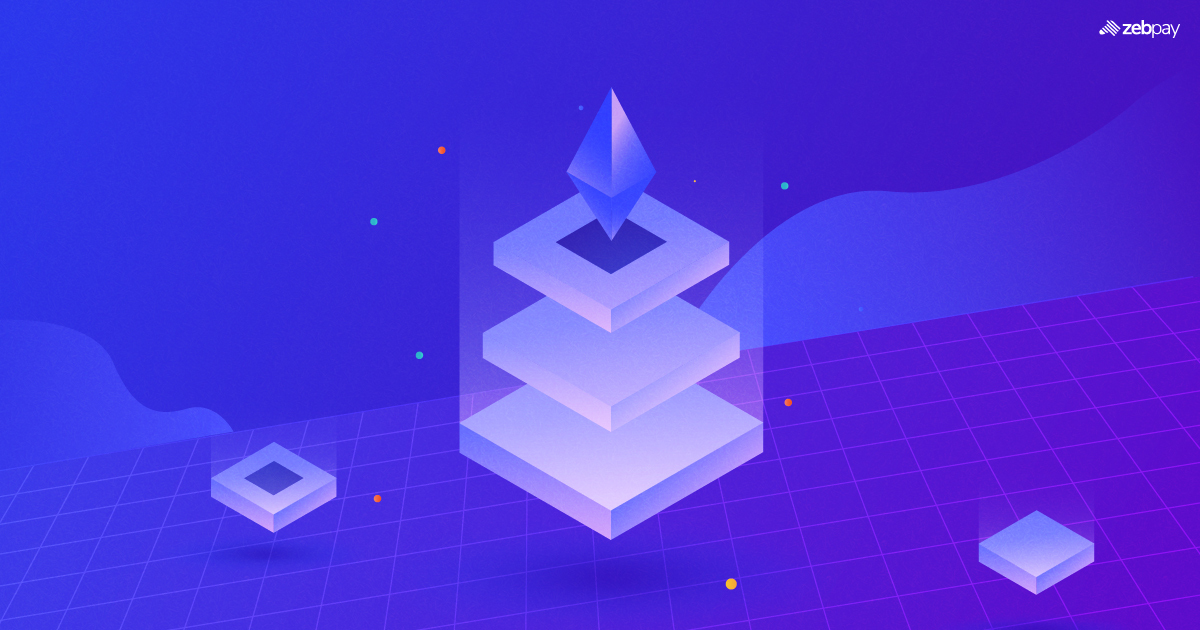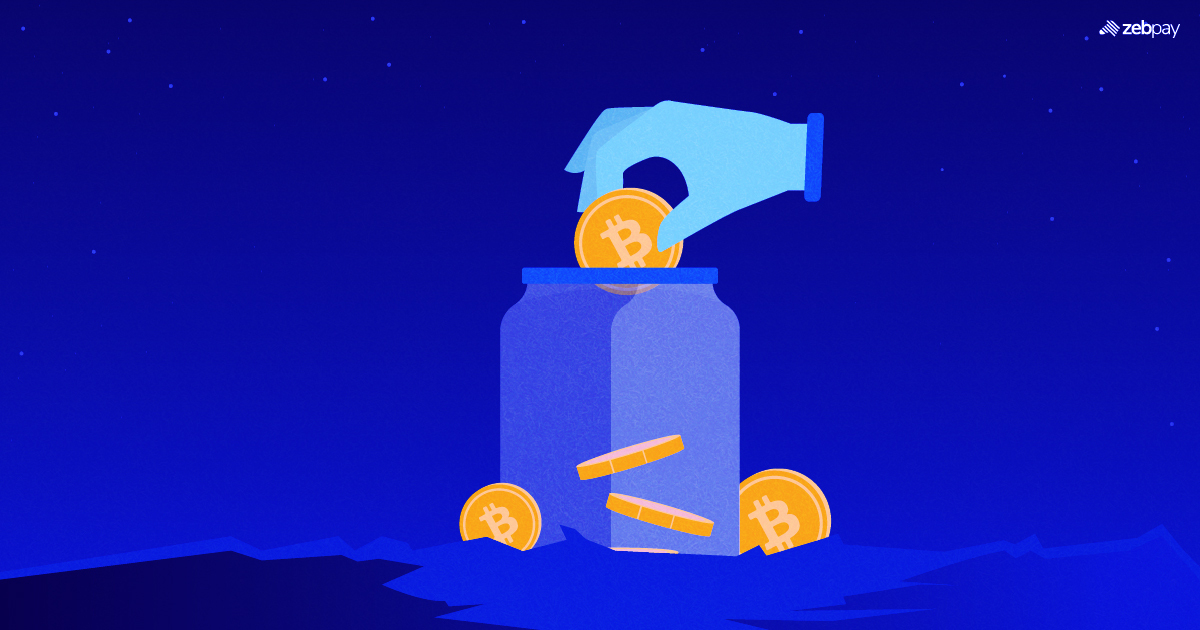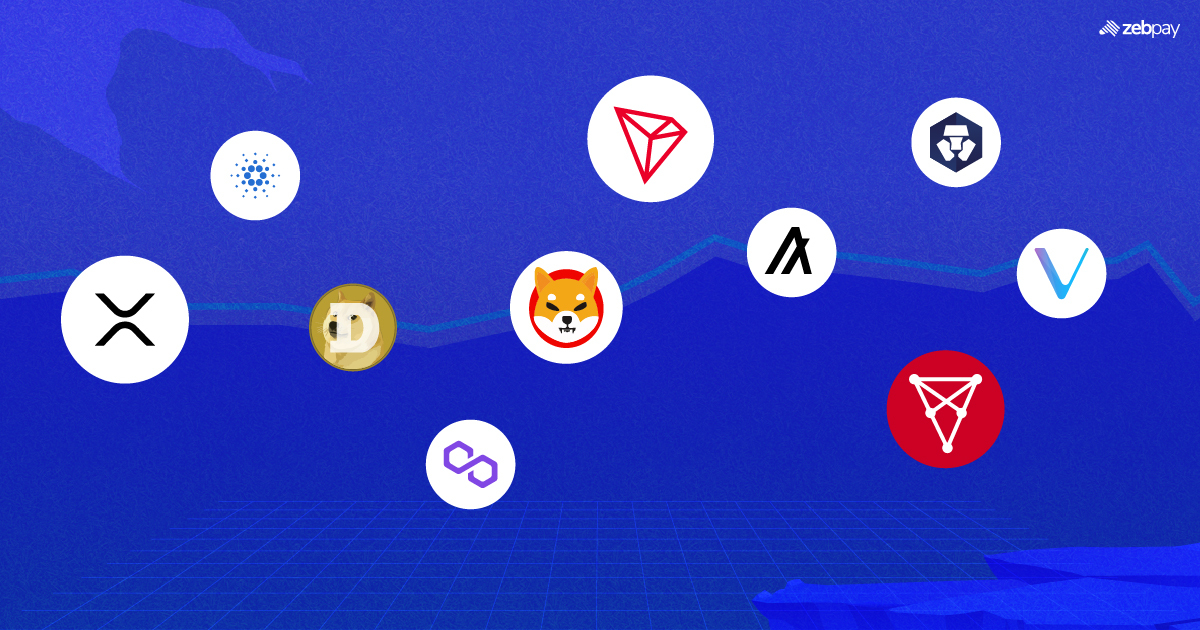Welcome to the ultimate face-off in the world of decentralized technology: The Battle of Blockchain Layers! In one corner, we have the sturdy and robust Layer 1, the foundation of blockchain networks. On the other, we have the agile and efficient Layer 2, the solution to scalability. But in this battle, which layer will emerge victorious?
The Fundamentals: What is Layer 1 and Layer 2 Blockchain?
Layer 1 and layer 2 refer to two distinct methods of designing blockchains. While some blockchains can operate independently, others are built on top of existing blockchains to add functionality.
Layer 1: The Building Block of the Blockchain
What is blockchain Layer 1?: It refers to the base layer of a blockchain, which is responsible for the foundation of the network. This includes consensus, transaction validation, and data storage. In other words, Layer 1 is the backbone of the blockchain, allowing its infrastructure and functions to operate. Examples of Layer 1 blockchains include Ethereum, Bitcoin and Dogecoin.
Layer 2: Scaling Solutions for Layer 1 Limitations
What is blockchain Layer 2?: It is a secondary layer built on top of a Layer 1 blockchain. This layer enhances the capabilities of the base layer by improving scalability, increasing transaction speed, and reducing fees. Layer 2 solutions can take many forms, including sidechains and rollups. Examples of Layer 2 blockchain solutions include the Lightning Network on Bitcoin and Polygon on Ethereum.
In summary, Layer 1 provides the basic framework for a blockchain, while Layer 2 adds additional functionality and features. Understanding the differences between these two is crucial to see how the blockchain ecosystem operates efficiently.
Difference Between Layer 1 and Layer 2 Blockchain
| Feature | Layer 1 Blockchain | Layer 2 Blockchain |
| Transaction Speed | Slow. Bitcoin can process 7-15 transactions per second | Faster. Layer 2 solutions can process thousands of transactions per second |
| Scalability | Limited, based on network architecture | Higher, as transactions can be processed independently |
| Security | Highly secure | Dependent on layer 1’s security |
| Fees | High fees due to lack of scalability and speed | Low fees since lesser data is processed on-chain |
| Development Difficulty | More difficult, as all systems like security and consensus must be developed | Easier since layer 2 can rely on layer 1 protocols |
Security and Decentralization: Which Layer Wins?
As seen above, layer 1 blockchains implement the structure for security and decentralization. These include consensus mechanisms, cryptography methods and the number of nodes in the blockchain.
On the other hand, layer 2 builds on top of these features to provide speed and scalability. Layer 2 solutions do not implement security features of their own. Additionally, decentralisation may be lower than layer 1, as there are fewer nodes to operate through.
Thus, layer 1 is the clear winner in terms of security and decentralization.
Transaction Speed and Cost: Layer 1 vs Layer 2
These features are extremely important, as transaction speeds and costs are what users experience the most. A layer 1 blockchain typically has high costs and low transaction speed. It must validate each transaction on every node of the network, which can be an intensive process. Costs are also pushed up because layer 1s are unable to keep up with the demand for transactions.
Layer 2 blockchains were created specifically to solve these challenges. In essence, they process elements of a transaction away from the main blockchain, reducing the processing that the network has to perform. This allows transactions to be validated much quicker, which also lowers the cost of transacting.
Thus, the layer 2 blockchain is the winner in transaction speed and cost.
Interoperability and Adoption: Layer 2’s Edge
Interoperability is one of the greatest barriers in the world of blockchain. Most networks operate in silos, separated by different features and foundations.
By allowing different blockchains to communicate and interact with each other, Layer 2 solutions can help create a more connected and integrated blockchain ecosystem. This can also facilitate the development of new use cases and applications for blockchain technology.
Layer 2 solutions can also improve the adoption of blockchain technology by making it more accessible and user-friendly. By reducing transaction costs and improving speed, Layer 2 solutions can make blockchain transactions more affordable and convenient. This can help attract more users to the technology and drive greater adoption.
The Future of Blockchain: Which Layer Will Prevail?

Given the information above, it is easy to think that layer 2 blockchains will be the most popular in the future. They provide higher transaction speeds and low costs while enabling interoperability and greater adoption of blockchains. A layer 2 blockchain still needs a layer 1 to build on, but as long as they can continue to be more efficient and feature-rich, they will thrive.
However, the answer is not so simple. The landscape of blockchains is rapidly changing and evolving every day. Newer 3rd generation blockchains like Solana allow thousands of transactions per second, while Cosmos enables effective interoperability and scalability thanks to its unique network architecture. Even Ethereum is undergoing huge upgrades that will address its speed and scalability.
Read more: Ethereum Shanghai Upgrade
In the end, layer 2 blockchains are important simply because they fulfil a shortcoming of layer 1s. If layer 1s can cater to the demand of users independently, there may be no need for layer 2 scaling solutions. Only time will tell if enough users opt for layer 1 blockchains with built-in scalability and interoperability.
Read more: What are Blockchain Layers
Conclusion: Understanding the Trade-offs Between Blockchain Layer 1 and Layer 2
It’s important to understand the trade-offs between Layer 1 and Layer 2 blockchains to choose the right solution for your use case. While Layer 1 blockchains provide a high level of security and decentralisation, they may struggle with scalability and transaction speed. On the other hand, Layer 2 blockchains may sacrifice security and decentralization for speed.
The future of blockchain technology is constantly evolving and new advancements are emerging. Layer 2 blockchains are currently the most popular solution for improving scalability and reducing costs. However, it’s essential to keep an eye on newer 3rd generation blockchains that are pushing the boundaries of what is possible on Layer 1.
You can read more about Web 3.0, Crypto and blockchain on ZebPay blogs. Join the millions already using ZebPay Singapore.
FAQs on Blockchain Layer 1 VS Layer 2
What are the Pros and Cons of Layer 1 Blockchains?
Some advantages of blockchain layer 1 is its security and decentralization. It is responsible for the features that keep the network safe from attackers and false transactions.
Meanwhile, the disadvantages of blockchain layer 1 are its transaction costs and slow speeds. Because of the additional load and security that layer 1 must handle, it is unable to process transactions fast. This also makes them more expensive to use.
What are the Pros and Cons of Layer 2 Blockchains?
The advantages of blockchain layer 2 are speed, cost and interoperability. Since layer 2s do not have to worry about security and other measures, they can focus on processing transactions as fast as possible.
But the disadvantages of blockchain layer 2 include security risks and centralization. Layer 2 solutions can introduce bugs and vulnerabilities that may be exploited by hackers and compromise the network. They also use fewer nodes than layer 1, which makes them more centralized.
What is the Difference Between Layer 1 and Layer 2 Scaling?
Layer 1 scaling involves improving the base layer of the blockchain, which includes changing the protocol to allow for faster speeds and increased scalability. Layer 2 scaling, on the other hand, involves building on top of the existing blockchain. This can be achieved by creating a second layer of technology that operates separately from the base layer.
What is the Blockchain Layer 1 VS Layer 2 Consensus Mechanism?
Layer 1 blockchains can have a wide variety of consensus mechanisms. From proof of work to variations on proof of stake and even some unique algorithms, blockchain projects use a range of methods.
Layer 2 blockchains simply process elements of a transaction. They do not have to validate transactions as this can be handled by layer 1. Thus, layer 2 blockchains do not have any need for a consensus mechanism.







